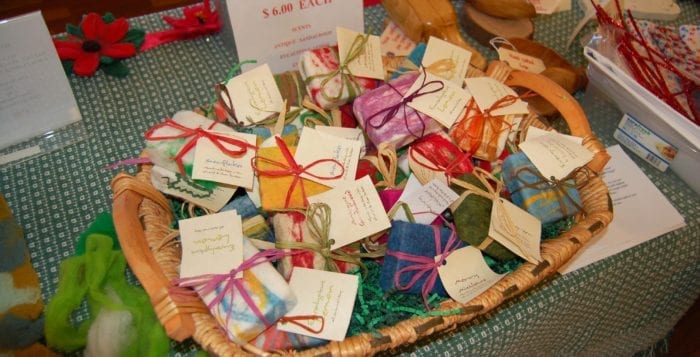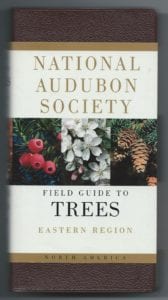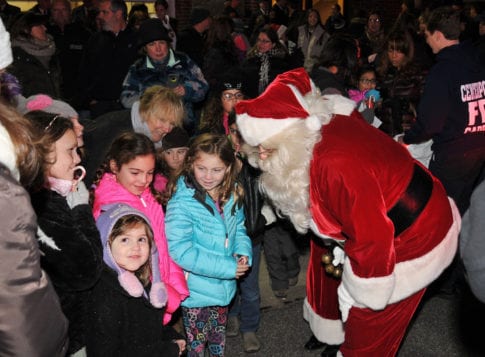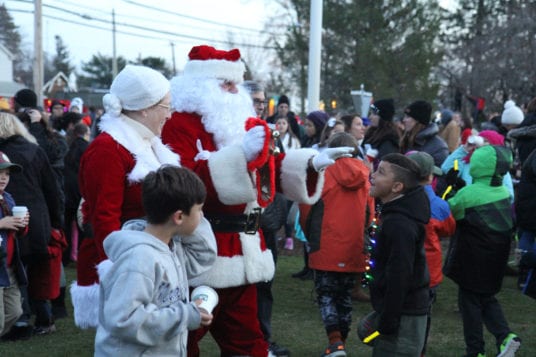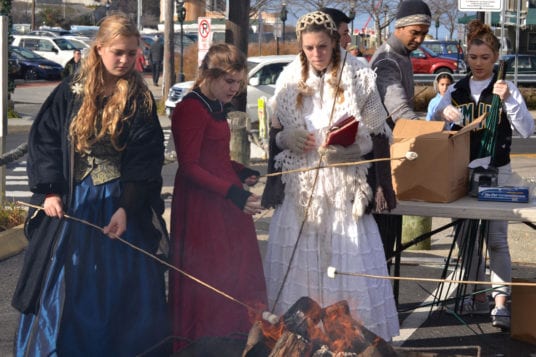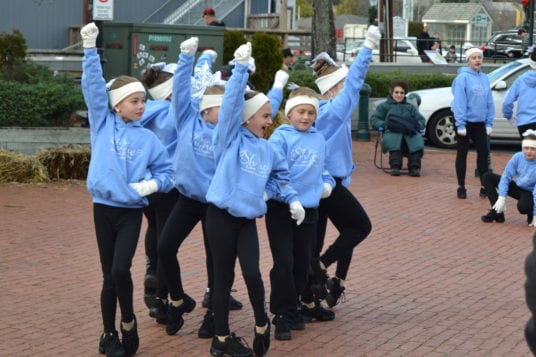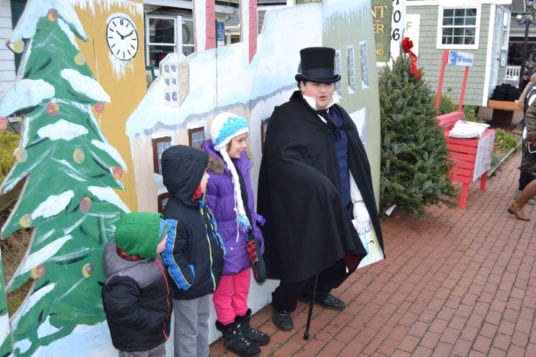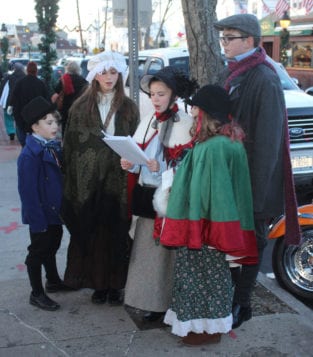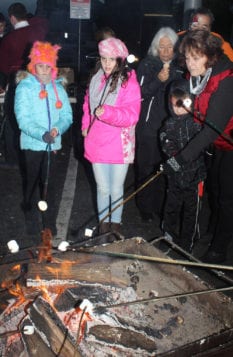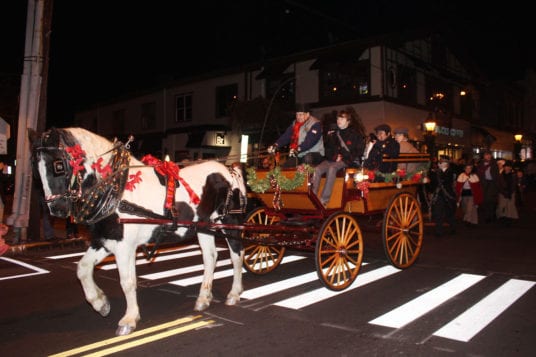A new, broader homework policy drafted by the Shoreham-Wading River board of education opened up a dialogue last month between parents and administrators over the best approach to after school assignments throughout the district.
Varying consequences for students who don’t do their homework and an overabundance of assignments over school holidays were main topics of discussion during Shoreham’s Oct. 24 board meeting, in which community members weighed in on a planned revision to the district’s current policy.
In response to a curriculum survey sent out by the district over the summer, parents requested that its guidelines for homework be expanded. While the original policy is merely two sentences on the educational validity of homework, the new two-page proposal aims to better accommodate for individual students and incorporates recognized best practices in the development of assignments.

“The process has certainly put a lens on homework,” Superintendent Gerard Poole said. “Feedback from parents in the survey was a little mixed — the underlying theme was that homework is important but there should be consistencies across grade levels and considerations for home life. We tried to craft something that empowered the buildings to make practices come to life that make sense for students and families.”
The newly drafted guidelines, titled Policy 8440, encourage teachers to consider students’ time constraints when assigning homework, which should be “appropriate to students’ age” and shouldn’t “take away too much time away from other home activities.”
“Homework should foster positive attitudes toward school and self, and communicate to students the idea that learning takes work at home as well as in school,” the draft policy states.
While it addresses that students should be accountable for all assignments, there are no strict consequences in place for when homework isn’t done, which prompted some parents to voice their concerns.
“I think it’s very important that we establish responsibility and have consequences that teachers themselves are able to have the flexibility to put on children,” said Jeannine Smith, a Shoreham parent with children in Wading River School and Miller Avenue School.
As an educator in an outside district, Smith supported the concept of taking recess away from students in the elementary and middle school who consistently don’t hand homework in.
“I think it’s very important that we establish responsibility and have consequences that teachers themselves are able to have the flexibility to put on children.”
— Jeannine Smith
“It’s the teacher’s job to make sure children are prepared in the future and if homework’s not important in the classroom, children get the message that there is no consequence,” she said.
Shoreham resident Erin Saunders-Morano agreed, saying she believes homework is ultimately the student’s responsibility and shouldn’t be seen as something that falls on the parents.
“As we get older, if you don’t do your job, there are consequences,” Morano said. “I think we should be raising the bar for our students, not lowering it. If students want recess, they should make sure they do their homework.”
But Alisa McMorris, a member of the district’s PTA council, protested the idea, saying students who are working hard all day deserve a break. She also pointed out that difficult and time-consuming projects should not be assigned over vacations.
“I can’t tell you how many times my kids have had projects due the day we get back from Christmas break and it makes me crazy,” McMorris said. “Our Christmas breaks now are doing these projects. Vacation is vacation.”
Michelle Gallucci, a Wading River resident and an English teacher at Smithtown High School East, commended the board for drafting a policy that gives teachers academic freedom based on the students they have in the classroom. She equated the importance of homework to sports practice.
“You can’t take a math class at 9 a.m. on a Monday and not do it again until 9 a.m. the next day,” she said. “You have to practice those skills and get better because your brain is a muscle. Just as students practice for hours after school to get ready for games, students also need intellectual practice.”


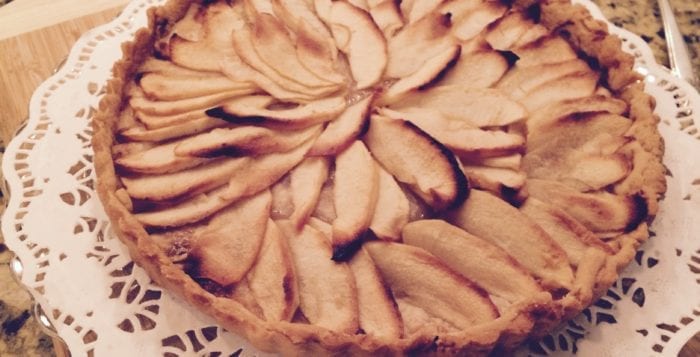

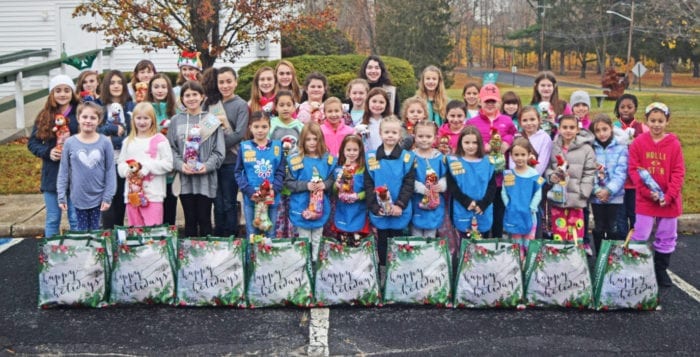
 THE FACTS: With the holidays fast approaching, I’ve been thinking about making gifts of cash to my grown children. I’ve heard that I can give each child $14,000 without any negative tax consequences. I am not wealthy but, at this point, I believe I can afford to give each of my children $14,000. I know they could really use the money.
THE FACTS: With the holidays fast approaching, I’ve been thinking about making gifts of cash to my grown children. I’ve heard that I can give each child $14,000 without any negative tax consequences. I am not wealthy but, at this point, I believe I can afford to give each of my children $14,000. I know they could really use the money.